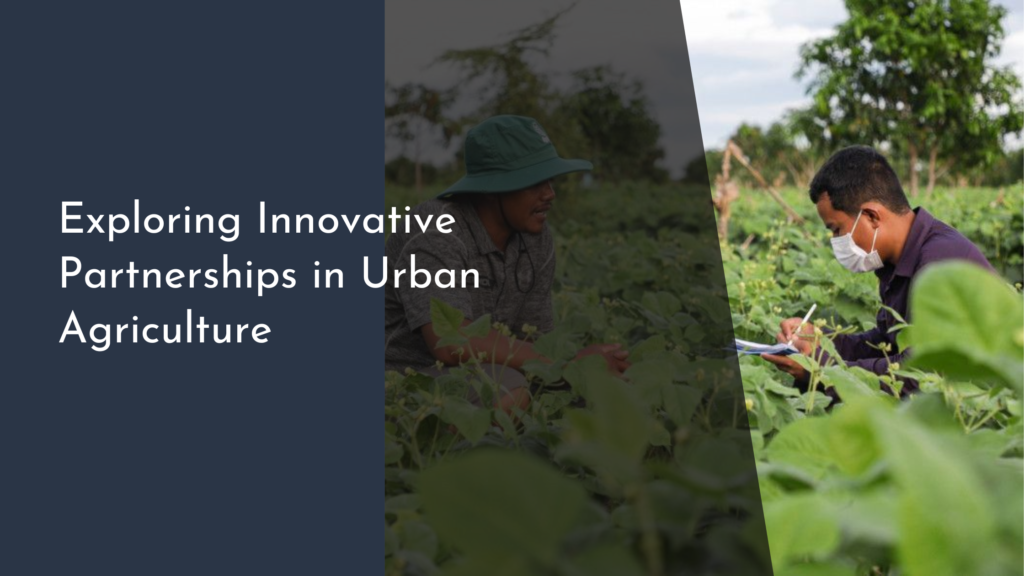The Economics of Organic Farming: Profitability and Costs
The growing interest in organic farming is not just a trend but a transformative movement in agriculture that merges traditional practices with modern market demands. As more consumers become conscious of health, environmental sustainability, and food quality, the appeal of organic products continues to rise. However, understanding the economics of organic farming, from initial costs to long-term profitability, is crucial for farmers and investors looking to venture into this promising field.
Understanding the Organic Farming Landscape
Organic farming involves cultivating crops without synthetic pesticides, fertilizers, genetically modified organisms (GMOs), or artificial chemicals. Instead, it emphasizes natural processes, biodiversity, and ecological balance. This approach not only supports environmental sustainability but also caters to a growing market of health-conscious consumers who prefer cleaner, more natural products. As a result, organic farming presents both a challenge and an opportunity for farmers aiming to transition from conventional practices.
The demand for organic products is steadily increasing, creating a lucrative market for organic farmers. According to recent studies, the global organic food market is expected to grow significantly over the next decade, driven by rising consumer awareness and government support for sustainable agriculture. This growth prospect presents a compelling case for farmers to explore organic farming as a viable business venture that aligns with contemporary consumer values and environmental expectations.
Initial Costs: Investments and Resources
The transition to organic farming requires significant initial investments, often more than conventional farming methods. These costs include certification fees, specialized equipment for natural soil management, and organic seeds or livestock. Moreover, farmers may need to invest in workforce training to acquire the necessary skills for organic practices. These upfront costs can seem daunting, especially for small-scale farmers, but they are crucial for ensuring compliance with organic standards and achieving long-term profitability.
Another significant factor in the initial costs is the need for land conversion. Converting conventional farmland to organic can take several years, as the soil must be free from prohibited chemicals for a specific period before it is certified as organic. During this conversion phase, farmers may face reduced yields and higher costs associated with alternative pest and weed management strategies. However, these challenges are often offset by the premium prices that organic products command once the transition is complete.
Profitability: Analyzing Yield and Market Prices
Despite higher initial costs, organic farming can be highly profitable due to the premium prices organic products often fetch in the market. Consumers are willing to pay more for organic produce, meat, and dairy products, recognizing the health benefits and environmental stewardship they represent. This price premium can significantly enhance the revenue potential for organic farmers, offsetting the higher costs of production and potentially resulting in higher profit margins compared to conventional farming.
However, achieving profitability in organic farming is contingent upon factors such as crop yield, market access, and effective farm management practices. While organic yields can sometimes be lower than those of conventional farms, improvements in organic farming techniques are closing this gap. Moreover, access to niche markets, direct-to-consumer sales, and value-added products can further amplify profit opportunities. By leveraging these strategies, organic farmers can maximize their returns and secure a competitive advantage in the agricultural sector.
Conclusion: The Bright Future of Organic Farming
The future of organic farming is promising, driven by increasing consumer demand, advancing agricultural technologies, and supportive government policies. As organic farmers continue to innovate and adapt to changing market conditions, the sector is poised for significant growth and development. This evolution not only benefits individual farmers but also contributes to broader environmental and public health outcomes, emphasizing the vital role of organic farming in sustainable development.
In conclusion, the economics of organic farming offer a compelling case for both current and prospective farmers. While the journey may begin with substantial investments and challenges in transitioning to organic practices, the potential for increased profitability and market relevance is substantial. As more individuals and institutions recognize the value of organic farming, it remains a vibrant and rewarding approach to agriculture, promising a sustainable and prosperous future for the industry and the planet alike.


